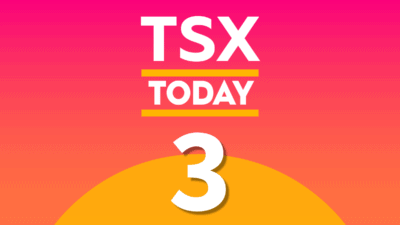The Canada Emergency Response Benefit (CERB) was the flagship COVID-19 program of the Canadian federal government in 2020. If you recall, CERB was the lifeline of Canadian workers financially dislocated by the pandemic. After the program lapsed on September 27, 2021, new income support measures followed.
The federal government retooled the Employment Insurance (EI) system to transition Canadians still in need of financial aid. The Canada Recovery Benefit (CRB) was made available to those who did not qualify for CERB. On February 19, 2021, Prime Minister Justin Trudeau announced an extension for CRB and EI.
Maximum durations
Many CRB recipients are due to exhaust their benefits on March 27, 2021. Trudeau’s announcement came in the nick of time. The proposed changes will extend the maximum duration of CRB from 26 to 36 weeks. For EI regular benefits, the maximum is now 50 weeks for claims made between September 27, 2020, and September 25, 2021.
The federal government also extended the Canada Recovery Caregiving Benefit (CRCB) and Canada Recovery Sick Benefit (CRSB). For CRCB, the maximum duration is the same as CRB or 38 weeks. If you’re applying for CRSB, the extension is from two to four weeks.
Benefit amounts
The CRA pays $1,000 for CRB every two weeks, but the actual amount is $900 after the 10% upfront tax deduction. Regarding EI, for self-employed individuals who prefer to access the benefit through Service Canada, the government reduced the self-employed income threshold (2020 earnings) from $7,555 to $5,000.
You can earn income while receiving CRB, provided your annual income for the calendar will not exceed $38,000. If it does, you must repay the benefit — 50% of every dollar of additional income.
If you qualify for EI, the minimum benefit amount per week is $500 (subject to 10% tax upon payment), although some could be eligible for up to $573. It would depend on the applicant’s previous income. For CRCB and CRSB, the actual proceeds every week are $450 (net of 10% withholding tax).
Fly high with this growth stock
The total CRB amount of $19,000 is substantial, but you can still boost it by investing in a growth stock like Cargojet (TSX:CJT). The air cargo transport business flourished by leaps and bounds due to the pandemic.
Cargojet investors were delighted with the outsized return of 109% in 2020. The current share price is $173.09, and market analysts are bullish. They forecast an 88% climb to $325 in the next 12 months. Note the 52-week high of Cargojet is $250.01.
For the $2.99 billion company, 2020 was a transformational year. Total full-year revenue increased by 37% from $486.6 million in 2019 to $668.5 million. Adjusted EBITDA grew by an impressive 87% to $291.4 million versus 2019. Cargojet also reduced debt by $63 million.
Cargojet’s president and CEO Dr. Ajay Virmani said the company demonstrated unparalleled resilience in 2020. Management’s near-term goal in the economic recovery period is to capture international cargo opportunities. Cargojet is ready for the next phase of growth.
All are taxable benefits
The CRA reminds recipients of CRB, EI, CRCB, and CRSB that all these benefits are taxable. You must include them in your tax returns at tax time. The tax agency might reimburse you in some, or you may have to pay more taxes depending on your overall taxable income.








